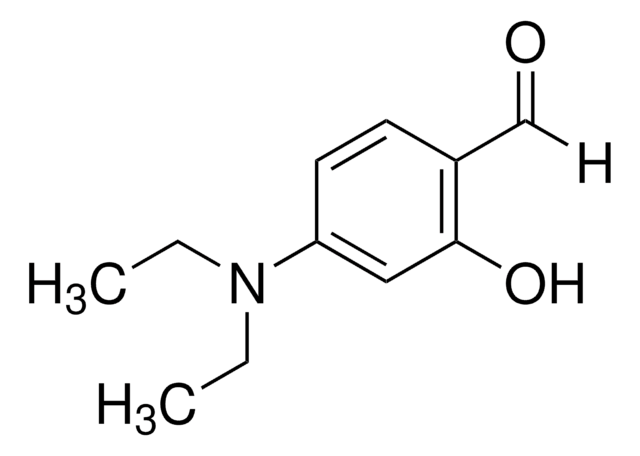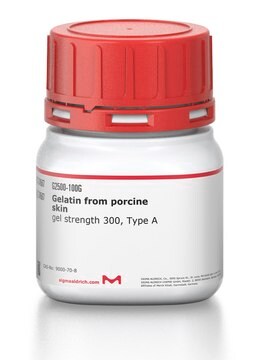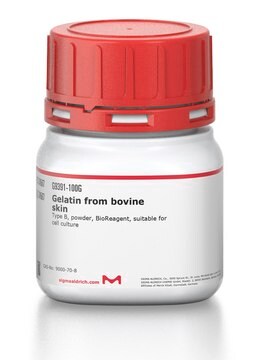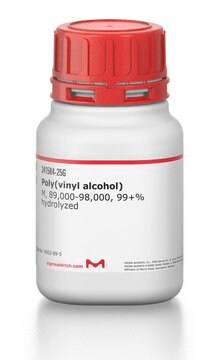440744
Polycaprolactone
average Mn 80,000
Synonym(s):
2-Oxepanone homopolymer, 6-Caprolactone polymer
About This Item
Recommended Products
form
pellets (~3 mm)
Quality Level
mol wt
average Mn 80,000
impurities
<0.5% water
mp
60 °C (lit.)
density
1.145 g/mL at 25 °C
Mw/Mn
<2
application(s)
3D bioprinting
advanced drug delivery
SMILES string
C1CCC(=O)OCC1 (Canonical-SMILES)
InChI
1S/C6H10O2/c7-6-4-2-1-3-5-8-6/h1-5H2
InChI key
PAPBSGBWRJIAAV-UHFFFAOYSA-N
Looking for similar products? Visit Product Comparison Guide
General description
- It degrades slower than other biodegradable polyesters in physiological condition, this property can be exploited in the controlled release of drugs in target tissues over a period of time.
- Its poor surface wetting and interaction with biological fluids on account of its hydrophobicity leads to poor cell adhesion and proliferation, hence it is blended with other synthetic /natural polymers.
Application
- PCL loaded with antibiotics may be used to treat infections of the respiratory tract, like tuberculosis.
- Investigations were carried out based upon phenotypic responses of human bone marrow mesenchymal cells (hBMSCs) for different ratio of chitosan/ polycaprolactone (PCL) blends.
- PCL/biomedical ceramic materials have been studied for possible osteo tissue regeneration.
- Action of PCL/graded insulin/beta-5 glycerophosphate concentrations on osteochondral tissue formation through adipose-derived stromal cell differentiation.
- Other general uses include:extrusion aid, die lubricant, mold release, pigment and filler dispersion aid and polyester segments in urethanes and block polyesters.
Features and Benefits
Non-toxic, biodegradable in soil, broad miscibility, mechanical compatibility with many polymers and good adhesion to a broad spectrum of substrates.
Related product
Storage Class
11 - Combustible Solids
wgk_germany
WGK 3
flash_point_f
Not applicable
flash_point_c
Not applicable
ppe
Eyeshields, Gloves, type N95 (US)
Choose from one of the most recent versions:
Already Own This Product?
Find documentation for the products that you have recently purchased in the Document Library.
Customers Also Viewed
Articles
We will explore the technological advances that have contributed toward the progress of 3DP of tissue engineering scaffolds, current materials used to create 3DP scaffolds, and the challenges that remain.
In the past two decades, tissue engineering and regenerative medicine have become important interdisciplinary fields that span biology, chemistry, engineering, and medicine.
Innovations in polymer technology have had a significant impact on the advancement of novel drug delivery systems.
Our team of scientists has experience in all areas of research including Life Science, Material Science, Chemical Synthesis, Chromatography, Analytical and many others.
Contact Technical Service

![2,3,6,7-Tetrahydro-8-hydroxy-1H,5H-benzo[ij]quinolizine-9-carboxaldehyde 98%](/deepweb/assets/sigmaaldrich/product/structures/166/830/a0d9a84a-5623-41a1-a54b-3b0272e5b28c/640/a0d9a84a-5623-41a1-a54b-3b0272e5b28c.png)






